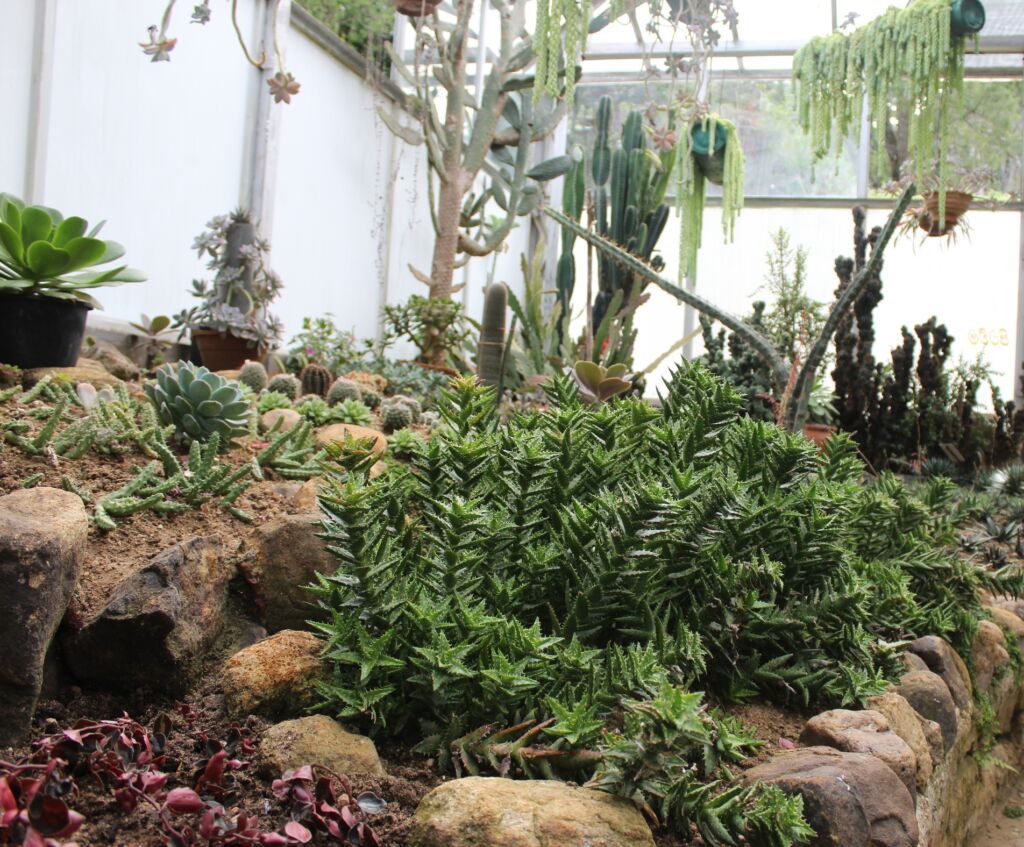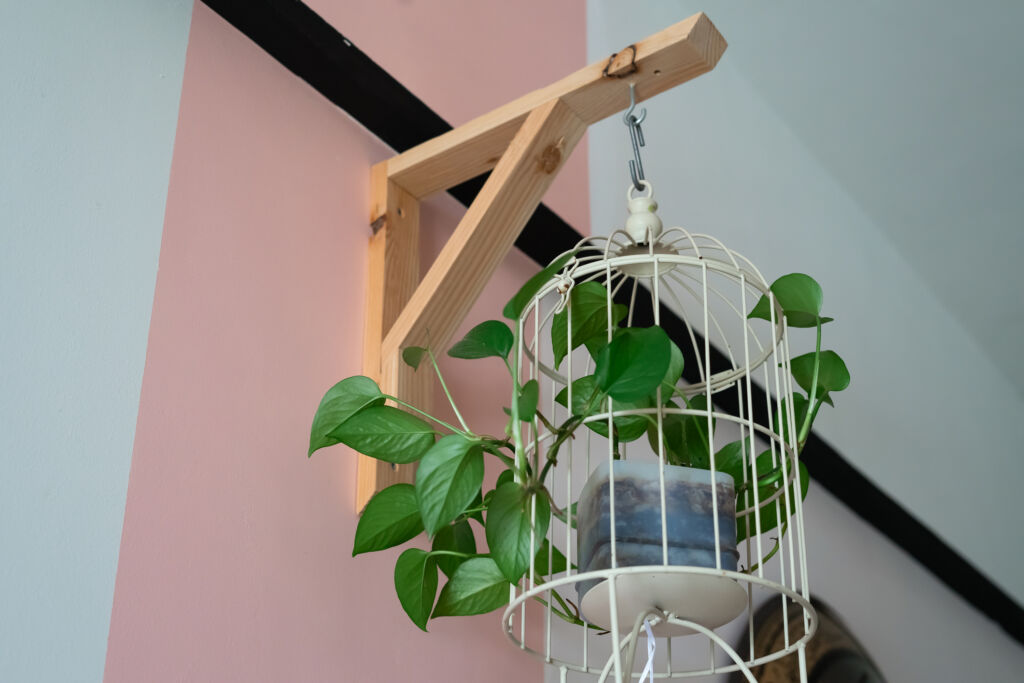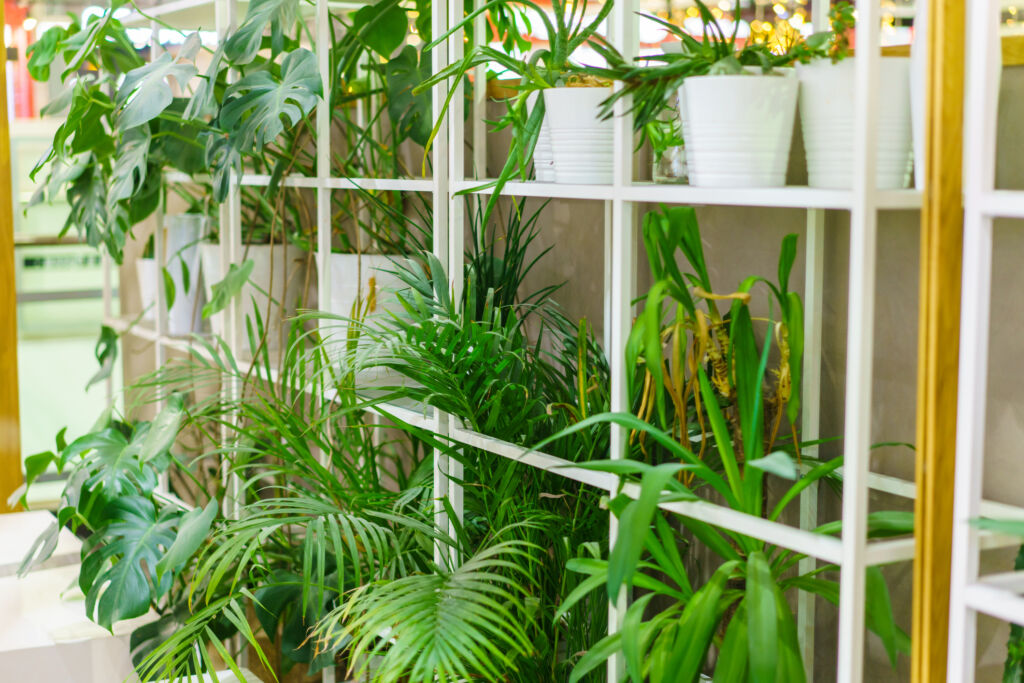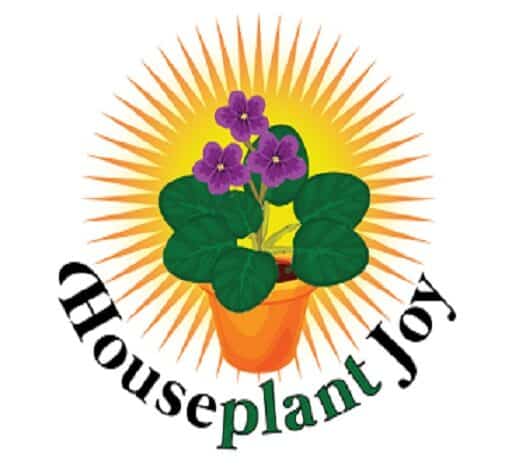HousePlantJoy is supported by our audience. When you purchase through one of our links, we may earn a small affiliate commission. As an Amazon Associate I earn from qualifying purchases. Your cost is not affected.
==================
Check Plants For Dry Air Environments
Plants for dry air are ideal for areas with a relative humidity of 40% indoors. In most cases, many woody and leafy plants like it in areas with high humidity. But there are a few of those that can thrive in areas with reduced atmospheric moisture. It’s because they store plenty of water in them and can manage a 40% humidity level or lower. Some herbaceous vegetation like cacti and succulents are plants that like less humidity. Thus these are the herbs to take care of for spaces that are too cold or too warm.
See The Plants That Like Less Humidity
Many shrubs, herbs, trees, climbers, and creepers demand humid locations. But also thriving are many plants for dry air environments. These are often in places where low and high temperatures plus still and strong winds come. They love direct sunlight but can stay indoors where it isn’t humid. As long as people can provide their various requirements, they can survive. It explains why many take care of these inside residential and business establishments.
Below are some examples of these fascinating plants for adornment and health purposes. Many have them in air-conditioned, heated, or dry rooms. Knowing their specific features illustrates why many find them worth keeping.
Lady Palm
Also called Rhapis Excelsa or bamboo palm, this plant has low humidity requirements. Thus folks consider it part of the plants for dry air areas. It can tolerate drought and has an average demand for water. To hydrate it, one only has to feel its topsoil. During spring or summer months, it needs water to grow well. Watering it once to three times a week is ideal for it. But it can’t withstand standing water and must be on well-draining soil. Also, it has to stay dry in the fall and wintertime. Before the temperature drops, it already stores water. So it doesn’t always need constant watering.
It grows well in shaded areas but also accommodates full sunlight. Yet because it’s sensitive to temperature changes, it may be best to put it where it isn’t windy. Its foliage may discolor or burn from too much light and warmth too. Also, feeding it diluted houseplant fertilizer once or twice when it’s growing will do. As a houseplant, it’s worth the effort due to its look. Its large, slender, fan-shaped, and divided leaves are attractive. Considered prized evergreen shrubs, they can decorate tabletops and other spaces. Thus folks see them as fascinating plants that like less humidity.
Devil’s Ivy
In Spanish, folks call it Epipremnum Aureum. It goes by the name Golden Pothos too. Folks can have many of them at once without worry too. Many appreciate them not only for being plants for dry air conditions. Scientists and many homes also use them for air purification. They reduce the levels of volatile organic compounds that cause illnesses. Still, due to its look alone, it’s easy to notice. It has heart-shaped and variegated foliage with shades of green and yellow. Since they like low and indirect sunlight, many put them near windows, facing north or east. So they make superb decorations for windows and tables for houses, gardens, and more.
These shrubs can survive and do well in quick-draining containers when it isn’t humid. People consider them plants that like less humidity due to their adaptability. They ask for water when their soil turns dry during the warm or growing months. But they tolerate drought and must not get too wet. So they don’t demand consistent misting and are tough plants that like less humidity. Still, as part of its care routine, it also requires some pruning. It’s a hardy and tropical vine that can get long when left untreated. Because of its appeal, resilience, and undemanding nature, many grow it.
Rubber Plant
Because of its rubbery sap, folks call it Ficus Elastica. It belongs to tropical plants for dry air areas. But, unlike other plants, it can grow very well when exposed outdoors and to the elements. Wet and humid places aren’t an issue for them. They can survive dry environments too. Even if they are sensitive to temperature alterations, they are versatile. After all, low light conditions won’t cause them to wilt too. They will thrive with enough water, light, and nutrients. People even see them as common houseplants in many places. So dry places can have them as indoor plants.
Folks appreciate their dark green, oval, and glossy foliage. Varieties with leaves having three hues are also available. Foliage aside, these plants grow upright and tall. With pruning, they become manageable. Still, they won’t ask for constant attention to stay alive too. Watering them once every week or two weeks may suffice. They are not plants that like less humidity but adapt to the condition. Hence, they may not even mind the atmospheric moisture. These aspects make them worth keeping as versatile garden companions with gorgeous leaves.
Benefits Of Plants For Dry Air Locations
Find out how a place gets low humidity to understand how plants for dry air help. Enclosed spaces can sometimes experience drought for several reasons. Homes, offices, and other establishments can have dry atmospheres due to temperature changes. Humidity lessens when a cool breeze enters or an air-conditioner releases cold air. Less dense and warm air goes to where the frigid atmosphere is. The air molecules that carry water rise and turn into droplets when this occurs. In the first place, the cold air already has less water. Plants thriving in dry locations release moisture in the atmosphere by evapotranspiration. So it makes sense to have them for this reason.
These plants are beneficial not only because they can withstand atmospheric dryness. Some shrubs or trees indoors can’t add design to places where they can’t survive. Those able to handle arid conditions can decorate spaces too. So they are not only resilient but also attractive to display. Also, their presence addresses several issues related to dryness. Since they increase air moisture, they prevent and deal with hair and skin problems. It’s also natural for them to absorb toxins or clean the atmosphere. It becomes comfortable with plants that like less humidity. Still, these won’t suffer growth issues despite being in arid environments. They are low-maintenance and can go in most rooms without constant and plenty of wetness.
Where Are Plants For Dry Air Spaces Ideal
Plants that like less humidity can manage in spots with cold or warm climate conditions. Some of them can thrive where the cold winter breezes visit and where people use heaters for warmth. They can even live in places where folks use air-conditioners. It’s because these plants are hardy. They can survive in Las Vegas, Nevada; Phoenix, Arizona; and El Paso, Texas. They are often the least humid cities, having close to 40% humidity. So dry places can still look fascinating with them around.
It’s also ideal for people to bring these plants where symptoms of dry air are. They are perfect for rooms where people often get chapped lips, nasal issues, and skin dryness. Nosebleeds can occur due to the damage to the sensitive nasal layers brought by drought. Hence, having plants that like less humidity has health advantages. They prevent problems and make it cozy and safe to stay indoors. Their natural design even adorns rooms where other plants can’t thrive. Thus they are helpful to homes and businesses in a variety of ways.
Care Tips For Plants That Like Less Humidity
They are plants for dry air areas since low humidity is ideal and crucial. It becomes risky for them to get more than enough moisture in the atmosphere. Heavy wetness can lead to root rot due to fungal infection. Because of it, pest infestation may follow too. Scales, mealy bugs, and other insects suck the root sap. Fungus and pests cause foliage, stem, and root discoloration and wilting. Still, plants with such roots may find it difficult or can’t take water through the soil. So they must stay where the humidity is close to 40%.
Putting them in a room with less humidity isn’t enough. To make them survive, they need to get care as other plants do. It means they must have adequate water, sunlight, and fertilizer too. Other than that, they would also do well when free of pests. Thus these plants also need water to avoid becoming too dry. Hours of daylight exposure or beneath grow lights can also help. They must be where the soil pH, aeration, and drainage are almost ideal. Don’t neglect them for too long despite their adaptability. Checking them once weekly is helpful. It also helps avoid or address pests or plant diseases. Besides, these plants will turn out great with adequate care. So they call for some measures to thrive too.
In Closing
Arid rooms can look lively with plants for dry air spaces. They are often low-maintenance since they don’t demand to stay in humid areas. Thus they appeal to many beginners and seasoned growers. They can take drought even if they need hydration during the growing season. Also, they need water, light, fertilizer, and a cozy temperature to thrive. Still, putting them in pots with drainage holes helps them survive and stay happy. Yet they usually withstand some neglect due to their resilience. Thus plants like the Lady Palm, Devil’s Ivy, and Rubber Plant attract gardeners.
They are valuable not only as ornamental and low-maintenance plants. Keeping them is healthy since they filter the air and give out breathable oxygen. So there’s no doubt about them being worth the effort. Have you tried taking care of any of these plants? What was it like to have them? Thanks for reading, and we hope you discover the best plants to care for indoors.







